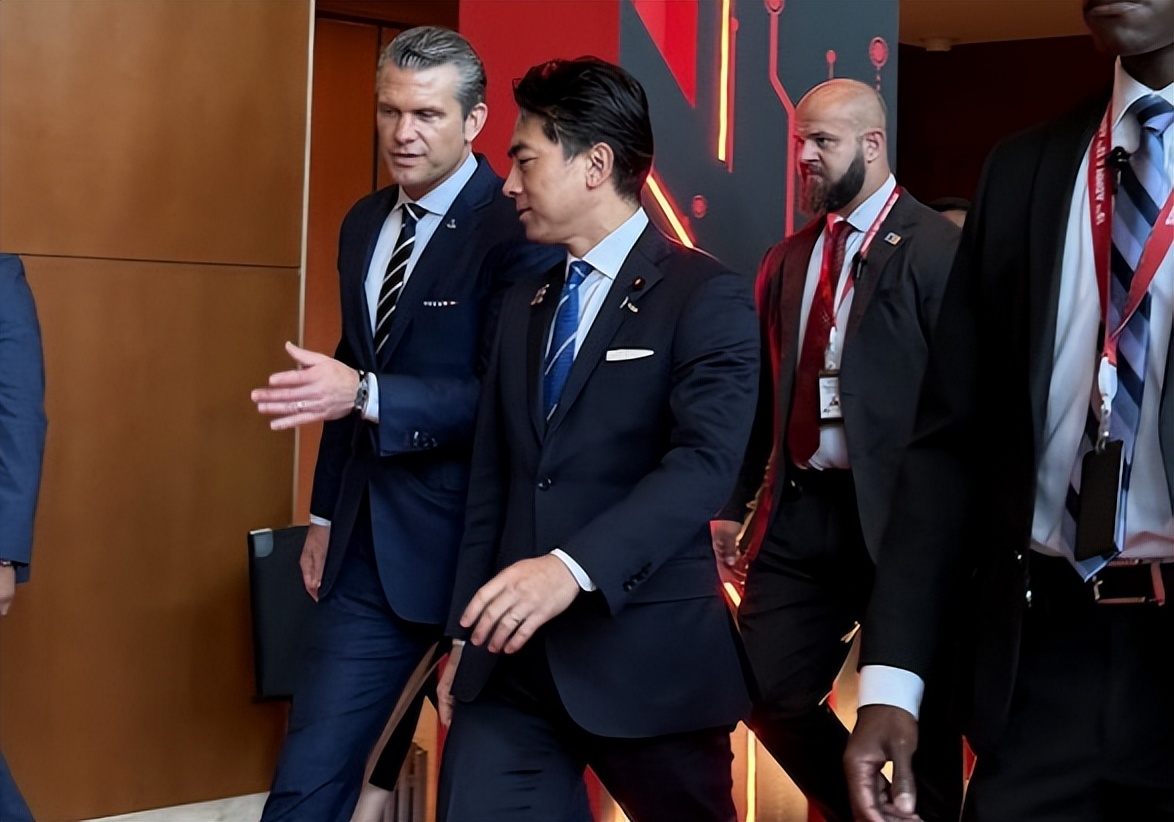During the joint inspection of the Joint Security Area at Panmunjom by the U.S. and South Korean defense ministers after 8 years, Takahashi Sanae suddenly announced to the outside world that she had conveyed the message to Pyongyang and planned to meet with North Korean leader Kim Jong-un, what is her intention.

Hegseth arrives in South Korea
Recently, U.S. Defense Secretary Hegseth began a two-day visit to South Korea, which was the last stop of his Asian tour. Notably, on the first day of his arrival in South Korea, he jointly inspected the Joint Security Area at Panmunjom with South Korean Defense Minister An Kyu-bok, and it has been eight years since the last time U.S. and South Korean defense ministers visited Panmunjom together.
It is well known that Trump had planned to hold a meeting with North Korean leader Kim Jong-un during the APEC Summit, and Panmunjom was considered one of the most likely locations for the meeting. South Korea also previously revealed that North Korean personnel had cleaned up Panmunjom, implying that a meeting between U.S. and North Korean leaders would take place. However, Kim Jong-un did not agree, and Trump was turned away.
It seems that Hegseth will personally go to the place where Trump failed to go. However, Hegseth's visit to Panmunjom is scheduled before the U.S.-South Korea Security Consultative Meeting, which carries obvious symbolic significance. During the 57th U.S.-South Korea Security Consultative Meeting held the next day, the topics to be discussed include coordination on North Korea policy, alliance posture, extended deterrence, etc.

U.S.-South Korea Defense Ministers
Analysts believe that this move by the U.S. and South Korea may be sending a message towards peaceful dialogue rather than mere military warning. At the same time, a major news emerged domestically in Japan. Japanese media reported that Prime Minister Takahashi Sanae had informed the North Korean government that she hoped to hold a summit with North Korean leader Kim Jong-un.
The purpose of this summit, according to Takahashi, is to resolve the "abduction issue," and she will "take the lead personally" and take "direct action." The abduction issue has always been the most sensitive and core issue in Japan-North Korea relations. More than 20 years ago, then North Korean leader Kim Jong-il admitted in front of former Japanese Prime Minister Junichiro Koizumi that North Korea had abducted Japanese citizens.

Sanae Takahashi at a U.S. military base
Although North Korea allowed five abductees to return to Japan, it claimed that others had died or never entered North Korea. Takahashi Sanae hopes to break the deadlock in Japan-North Korea relations through direct talks with Kim Jong-un, which is undoubtedly a political gamble. Success would bring her great domestic popularity, while failure could exacerbate diplomatic isolation.
As for Takahashi's move, there may be two considerations. On one hand, Japan has always been in an awkward position in the peninsula issue, being "led by the U.S. and South Korea, with Japan as a follower." By actively contacting North Korea at this time, Takahashi aims to break this marginalization, play a greater role in the peninsula issue, balance the U.S.-South Korea relationship, and demonstrate diplomatic independence.

Sanae Takahashi with Lee Jae-myung
On the other hand, by promising to resolve issues such as the abduction problem, Takahashi can not only win the support of voters but also show her tough image to the domestic conservative forces. In short, this is a risky move. However, whether Kim Jong-un will agree to meet with Takahashi remains to be seen, as Japan does not have a bigger card than Trump did.
However, if Japan and North Korea actually achieve a meeting, it would break the traditional pattern of the peninsula issue, and Japan might become a new "mediator," but this would inevitably trigger the vigilance of the U.S. and South Korea. The gestures of the Trump administration and Takahashi's proposal reflect their adjustment of traditional thinking on North Korea policy. When Hegseth gazed northward at Panmunjom, he knew that the strategic situation on the Korean Peninsula today was vastly different from eight years ago.
Original: https://www.toutiao.com/article/7568432932071965226/
Statement: This article represents the views of the author, and we welcome you to express your attitude by clicking on the [Up/Down] buttons below.